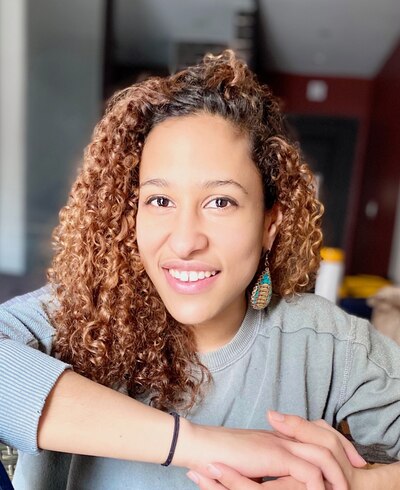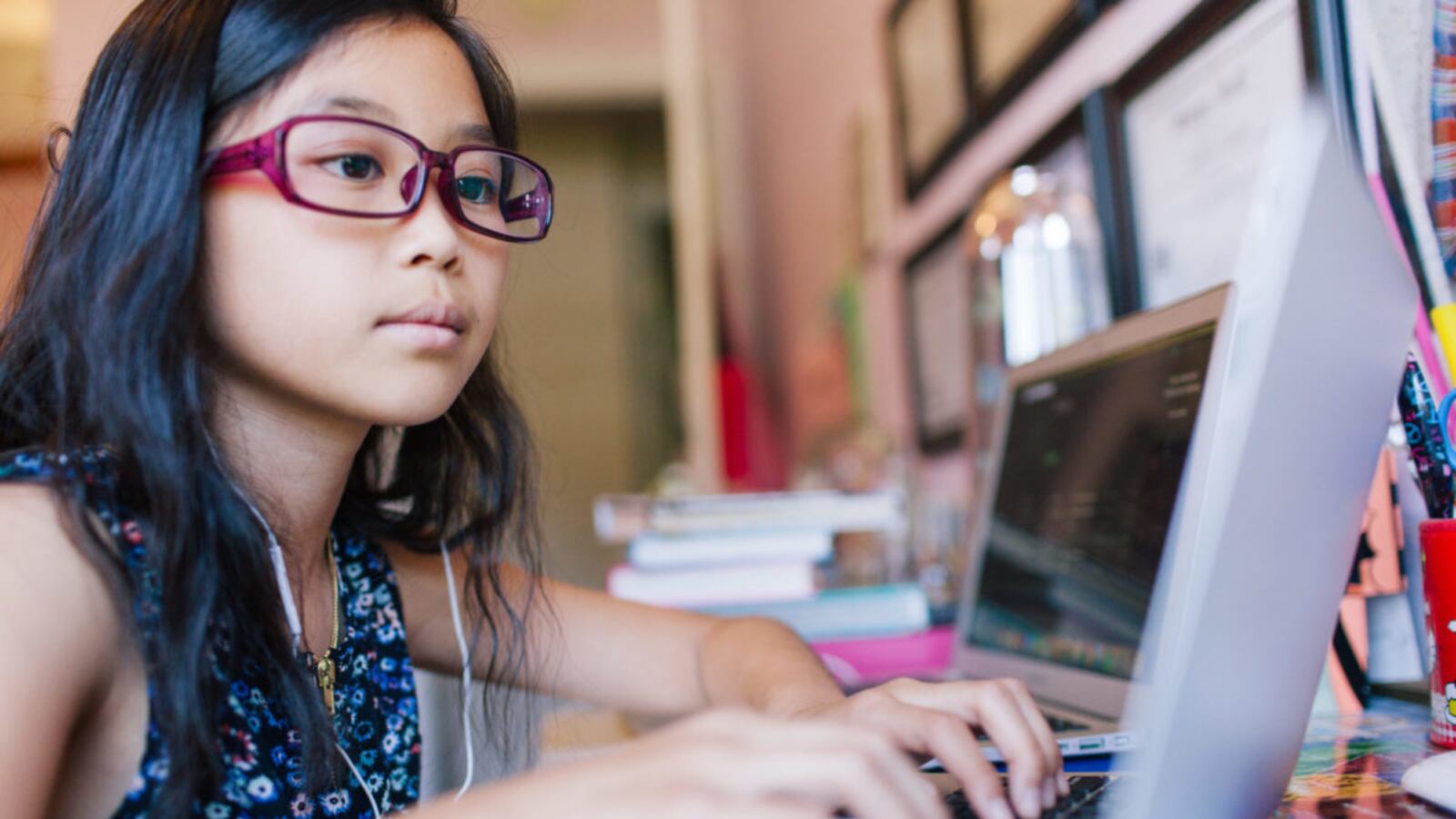The “lost generation” narrative is everywhere. It says students, primarily students of color and those in high-poverty communities, are falling behind during remote learning, compared to their more affluent and white peers.
I will admit that when I started teaching remotely in the spring, “learning loss” was a genuine concern. What would my Bronx fifth graders — all of whom are Black and brown, and many of whom are learning English as a new language — not be able to learn now that they are not in the classroom? What would they lose out on?

Especially when we discuss students of color, we often measure them against standards and exams shown to be biased and problematic. By deeming marginalized students “lost,” we perpetuate the idea that they are less intelligent than their more privileged peers. It’s wrong, and it’s insidious.
As the fall term began and I continued to teach remotely, my thinking shifted. Despite the great challenges before them — sick family members, insecure housing, caring for younger siblings — my students were learning. They were writing essays and reports, making videos, recording podcasts, debating texts, having deep discussions, and expertly navigating the technology they needed to do their work.
Not only had they risen to the occasion, they surpassed any notion I had of what a 9-year-old was capable of — stepping up, for example, to troubleshoot when classmates were having issues with their devices.
Nearly a year into the pandemic, I continue to see my students collaborating and innovating in such sophisticated ways. Just recently, Khadija was having difficulty inserting a GIF into a video report. Before I could step in, Dahlia took charge and proceeded to give the whole class a tech tutorial.
And what of my students — do they feel “lost”? Out of dozens of students, current and former, they all responded with a resounding no. They were anxious, lonely, and at times confused, but they rejected the idea that the past year amounted to nothing for them.
Here’s some of what they had to say about remote learning:
● “I think that I am smart because in remote classes I pay attention more than in the building.”
● “I have learned a lot this year about social studies, math, and reading.”
● “It still would be stress[ful] if I go to school because I have to follow a lot of rules just to maintain social distance.”
● “I like remote learning and I get to learn more about technology.”
● “I do think my generation is good because I learned a lot in 4th grade.”
● “It has its ups and downs, I have been introduced to many online apps though that help me learn.”
For many of my students who are learning English, like Abid, using technology has allowed them to interact with visual and audio support in a way I have never quite been able to achieve in the classroom. For my more introverted students, like Antonia, communicating with me (on our class messaging app) means they don’t have to ask a question in front of 30 peers. For my students who love real-time feedback, like Amina, I have been able to provide it almost instantaneously in ways I never could before, thanks to Google Classroom.
Meanwhile, some of my former students reached out to me to tell me that remote learning has allowed them to be more free in their sexual or gender identity without the fear of bullying. Some told me they had more time to work on their passions like drawing, animation, reading, and poetry.
All this reminds me not to allow a deficit-oriented “lost generation” narrative to deny them their success. As educators, let’s think about their triumphs and how they are still finding joy and wonder amid chaos.
I want to continue to look at how our students are gaining media and digital literacy skills, how they are learning to problem-solve, and how they are discovering new talents, strengths, and passions. Instead of looking at this past year as a total loss, let’s also explore the ways our students are learning, growing, and changing. This restores our students’ agency, and allows them to take ownership of their stories.
Selena Carrion is an educator working in the New York City public schools. She is passionate about teaching multiliteracies through an anti-racist lens. She hopes to help build and grow the conversation around race, class, and equity in our schools.


